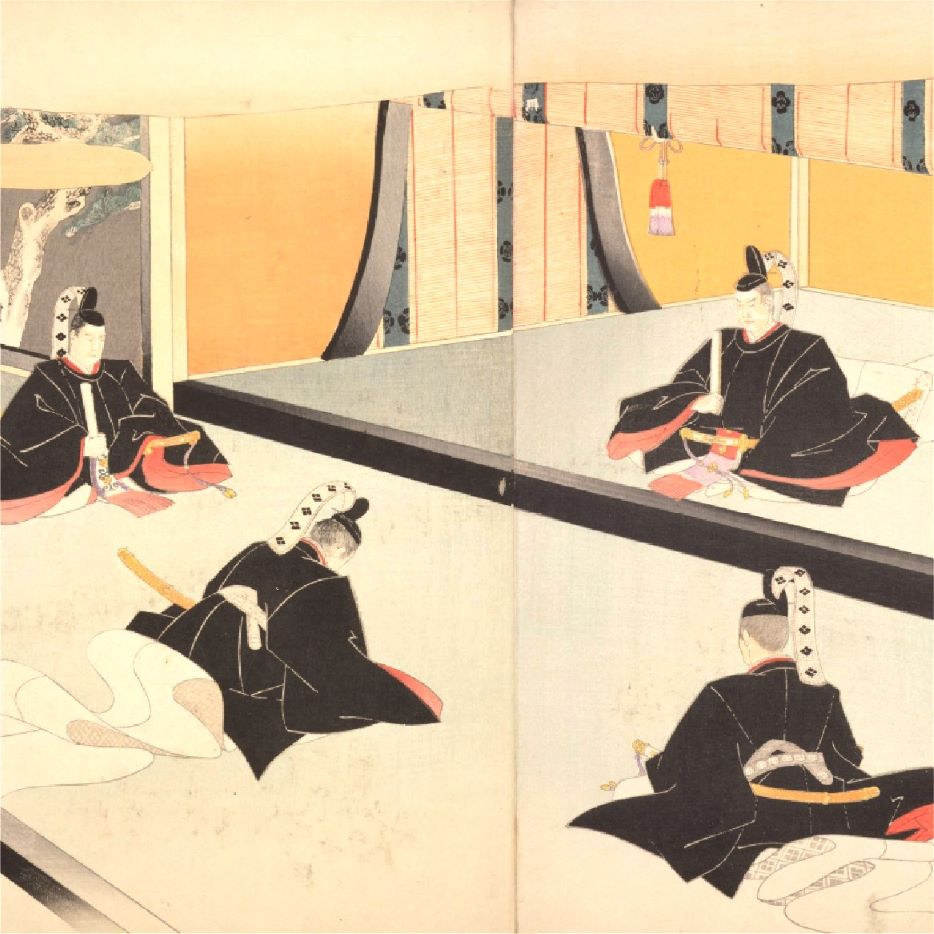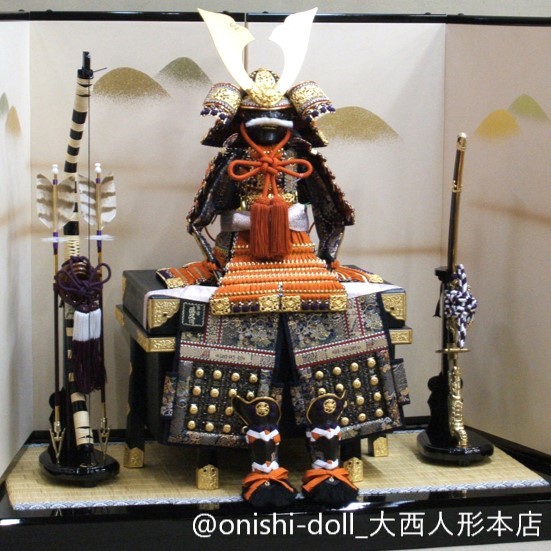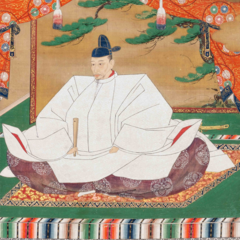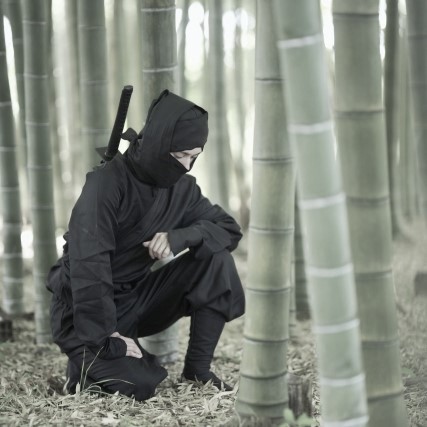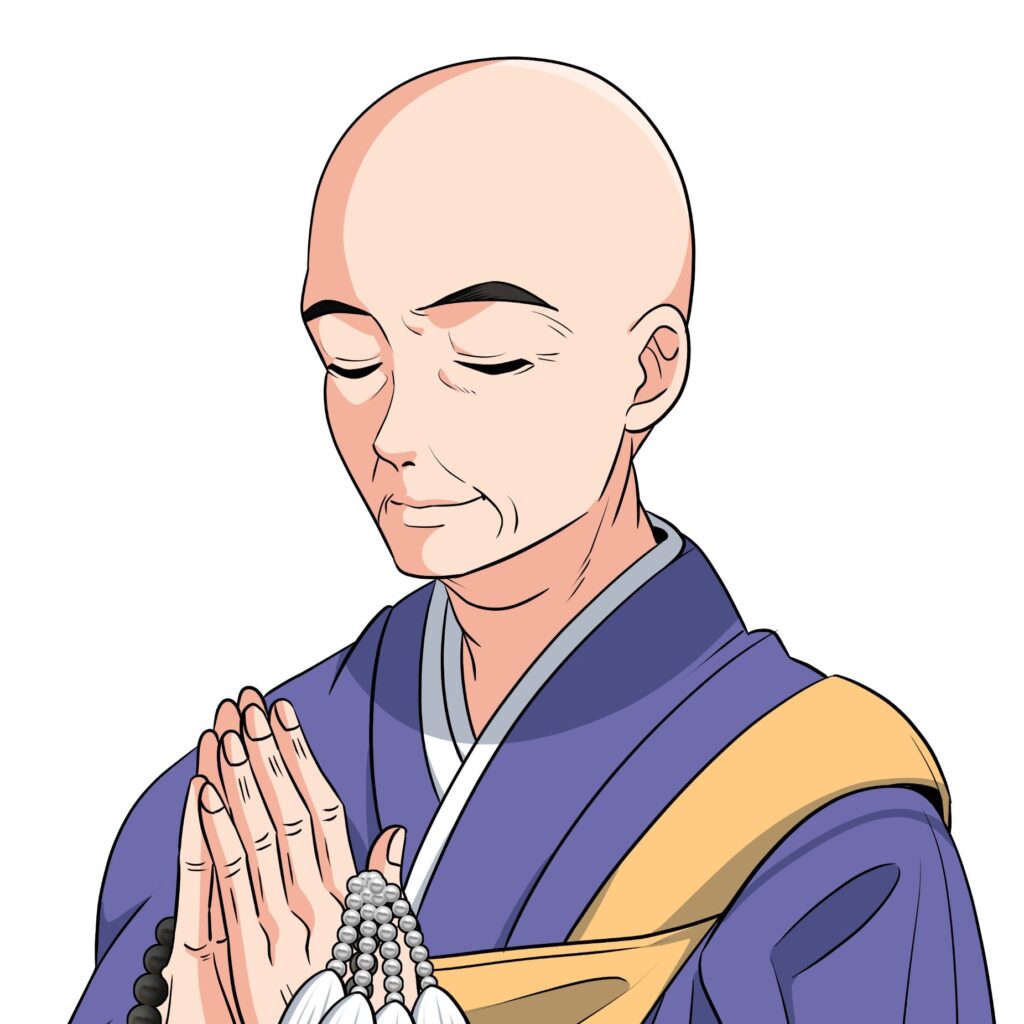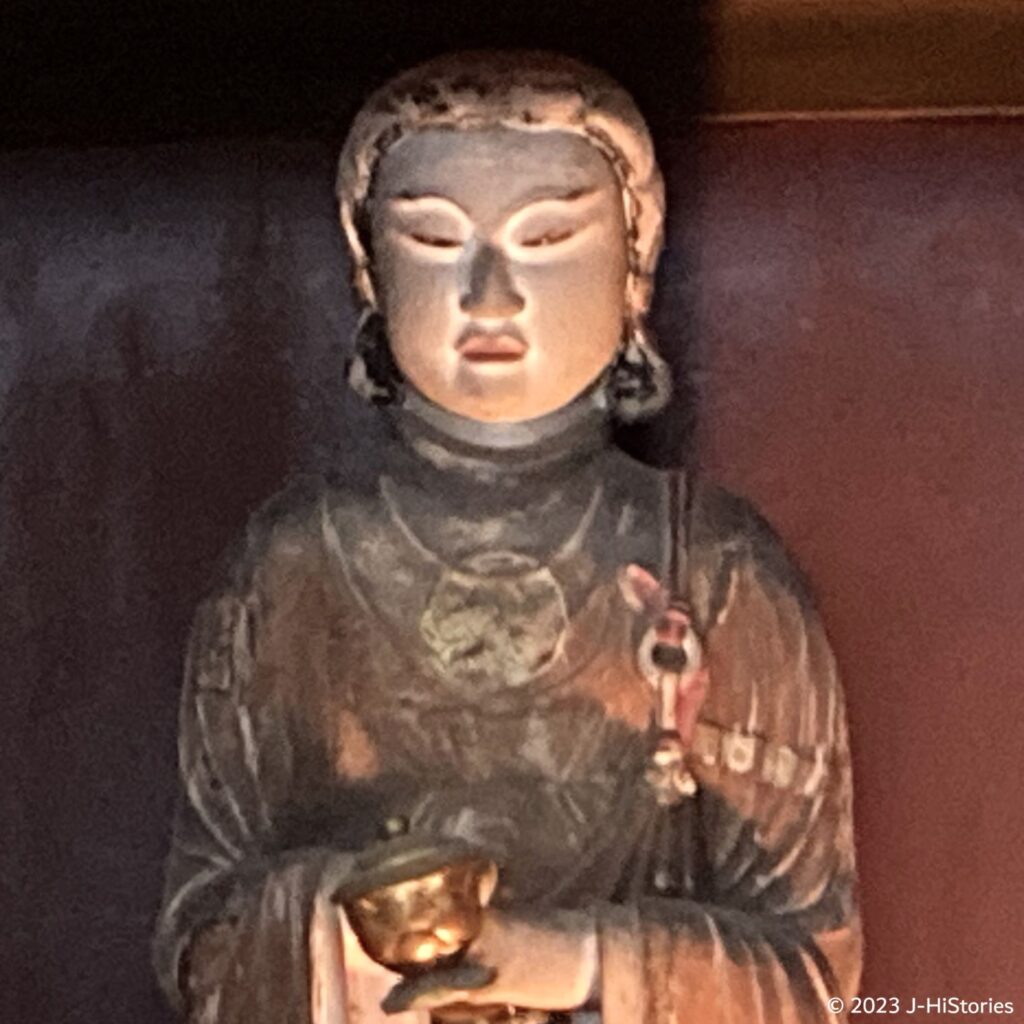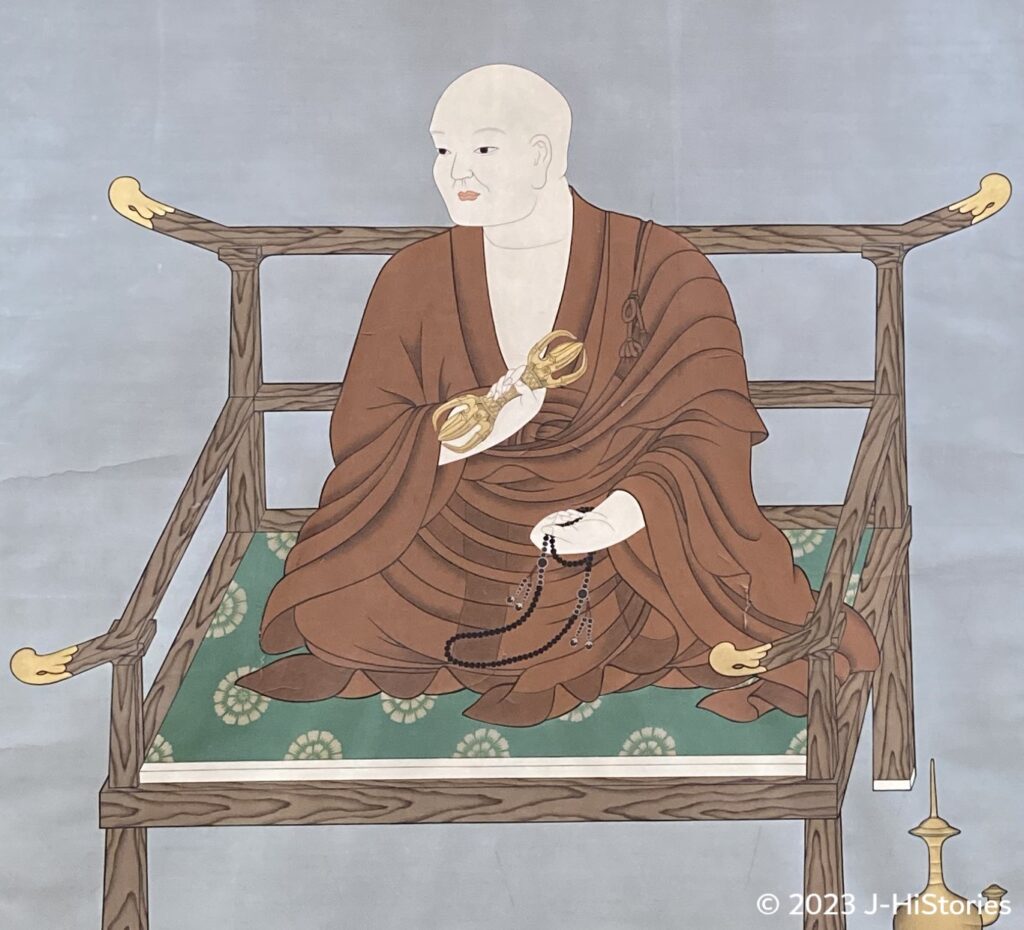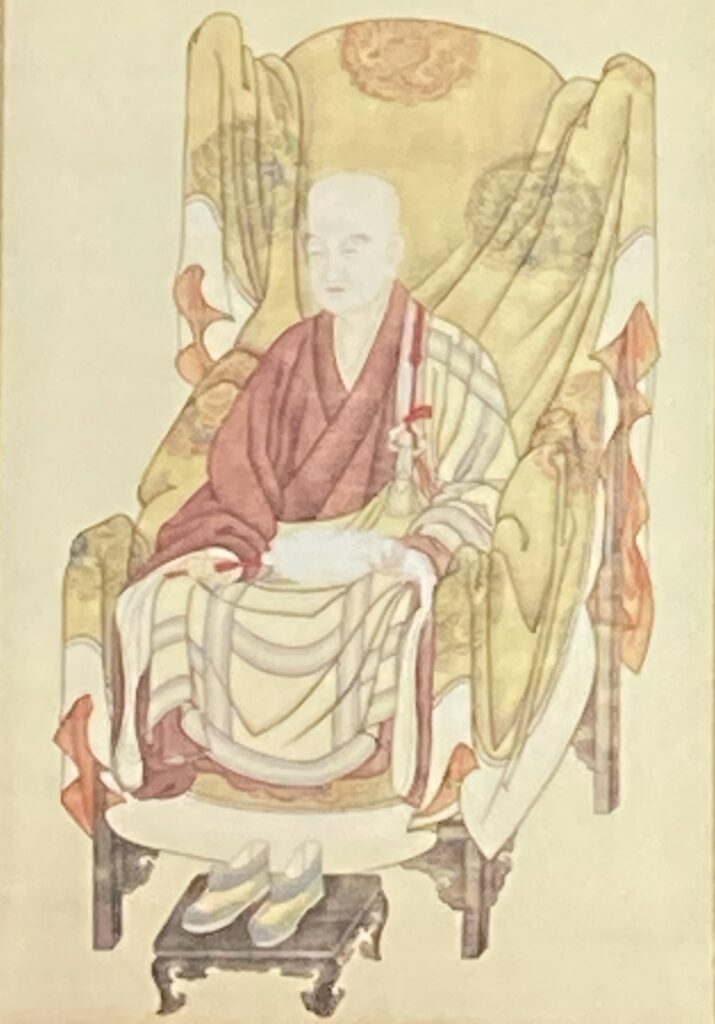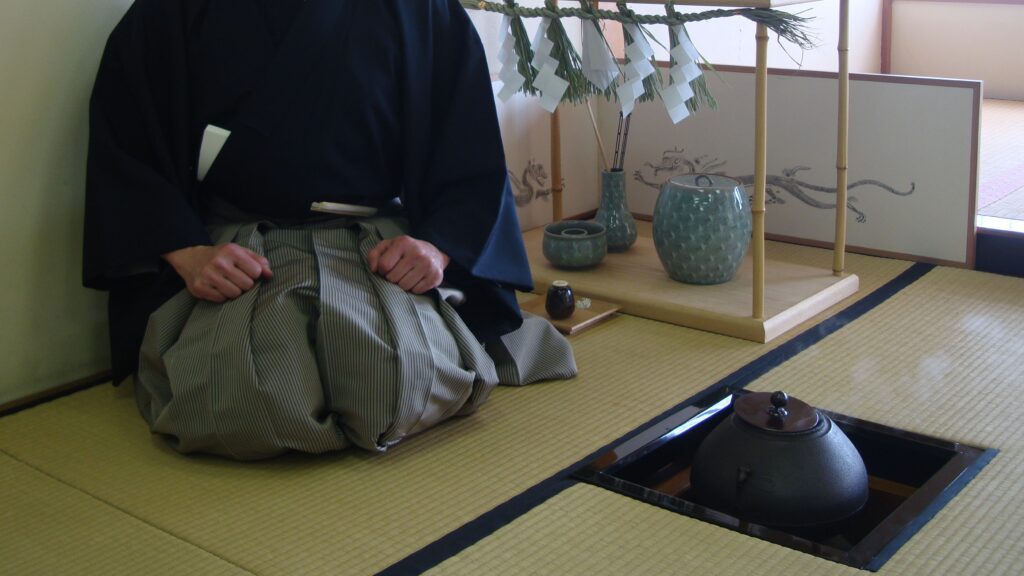Japanese Historical figures have played a significant role in shaping Japanese history since ancient times. From emperors and court nobles to samurais, Buddhists, Shintoists, and cultural figures such as tea masters and painters, their impact can still be felt today through the various historical sites scattered throughout Japan. On this page, we will introduce some of the major individuals whose legacies are closely tied to these historical sites. Uncovering their lives makes your travel to Japan more fascinating.
Shogun
Shogun governed the nation by military prowess, intelligence, economic power, and leadership qualities. Minamoto Yoritomo established the Kamakura Shogunate and ruled as its military head of Samurai, the first in Japanese history. After its collapse, the Ashikaga clan took control as the 15 successive shoguns of the Muromachi Shogunate (1336-1590), which was later succeeded by the Tokugawa clan in the Edo period (1603-1868). >> Read More
Samurai
The samurai were originally warrior nobles in the Imperial Court during the Heian Period (794-1185). The first samurai government was established in Kamakura in 1185. As the Shogun power declined, powerful warlords sought to expand their territories, resulting in the Warring States Period. In the Edo period (1603-1868), Bushido and the martial arts of swordplay flourished. However, with the Meiji Restoration, the Samurai era ended. >> Read More
Oda Nobunaga
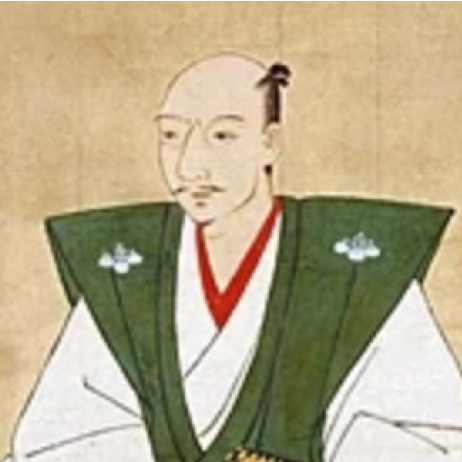
Oda Nobunaga (1534~1582, 織田信長) had a clear vision of unifying the nation, well being expressed in his slogan: "Tenkafubu (天下布武)," meaning to end the turmoil through his military power. To this end, he exercised great visionary leadership with innovative ideas and was not afraid to make tough decisions. Nobunaga was a beloved Samurai by many people. >> Read More
Toyotomi Hideyoshi
Toyotomi Hideyoshi (1537-1598, 豊臣秀吉) unified Japan and boosted and promoted the economy from the Osaka area to the nation. Unlike his lord, Oda Nobunaga, Hideyoshi rose from a farmer to become the ruler and the highest rank of the Imperial Court, Daijo-Daijin. His success was based on his great Emotional Leadership. >> Read More
Tokugawa Ieyasu
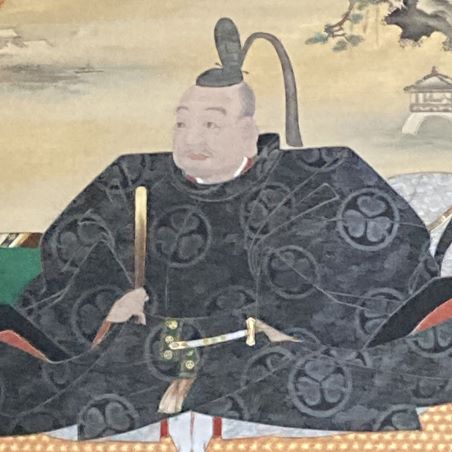
Tokugawa Ieyasu (徳川家康;1543-1616) laid the foundation for an era of peace in Japan that lasted for 260 years during the Edo period (1603-1868). Tokugawa Ieyasu's success was the result of developing his powerful organization and ability to listen. In addition, his strong vision is not to make the world back to the warring turmoil anymore. >> Read More
>> Read More
Ninja
Greatly Active regardless of Day and Night on the Front Lines during the Warring State Period (1467-1590). Ninja, officially known as Shinobi, had mastered superhuman ninjutsu, the art of warfare. For the warlords, Ninjas were indispensable for their victory in actual battles.
Emperor, Prince, and Court nobles
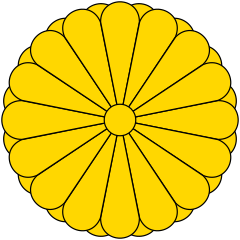
The Japanese imperial family boasts an unbroken line of emperors dating back some 1500 years in fact and 2600 years in myth. The role of the emperor has been one of ultimate authority. The Kyoto Imperial Palace has no defenses such as moats, stone walls, or watchtowers. Instead, it is surrounded by mud walls, making it completely unarmed. This reflects the Japanese people's deep respect for the Imperial Family and their belief that the Emperor would never be attacked by his people.
Emperor Meiji
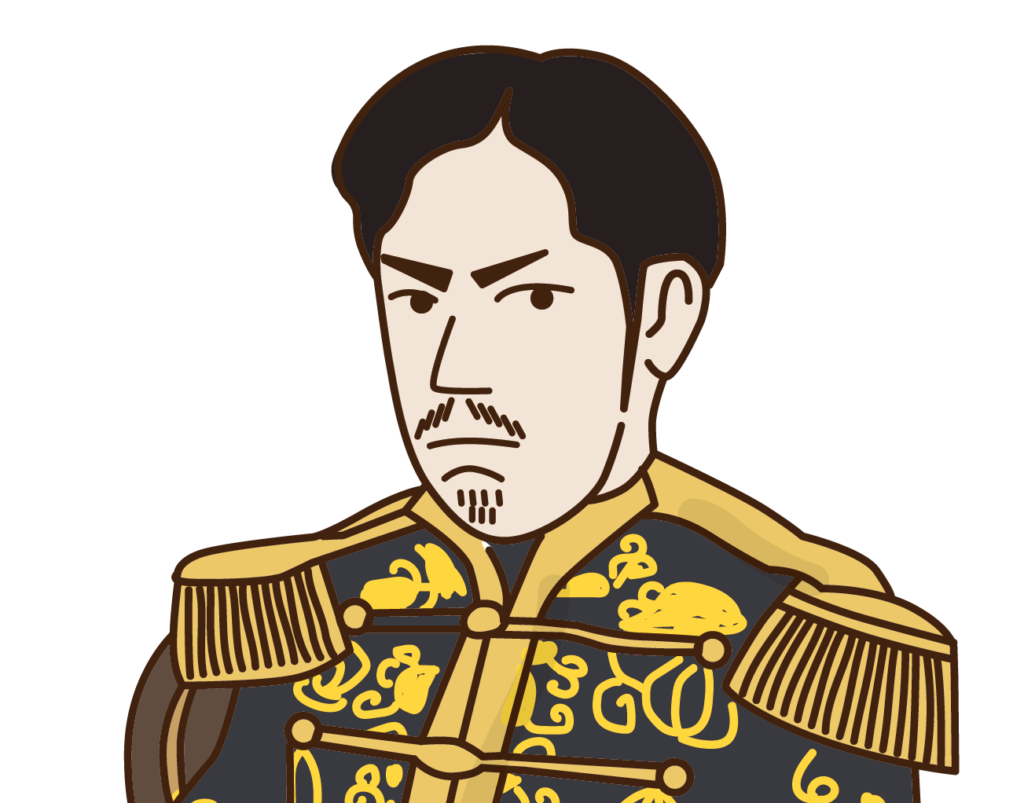
The 122nd Emperor Meiji (1852-1912, 明治天皇) ascended to the throne during the upheaval period at the end of the Edo period and the Meiji Restoration. Emperor Meiji’s whole life was devoted to making Japan a modern nation. His spirit is enshrined at Meiji Jingu Shrine. >> Read More
Emperor Shomu
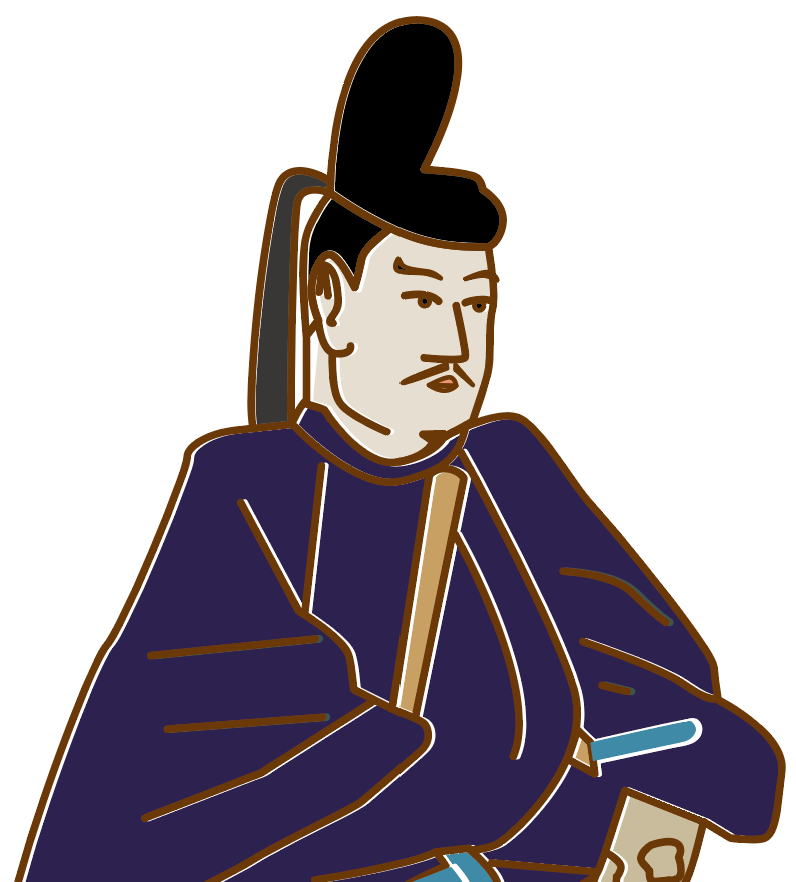
The 45th Emperor Shomu (701-756, 聖武天皇) established the Todaiji Temple and Great Buddha to settle social unease and rule the nation with the blessings of Buddha. He laid the foundation for the fusion of Shinto and Buddhism. This may become one of the characteristics of the Japanese style, taking things from abroad and somehow merging them into a Japanese style. >> Read More
Emperor Go-Daigo
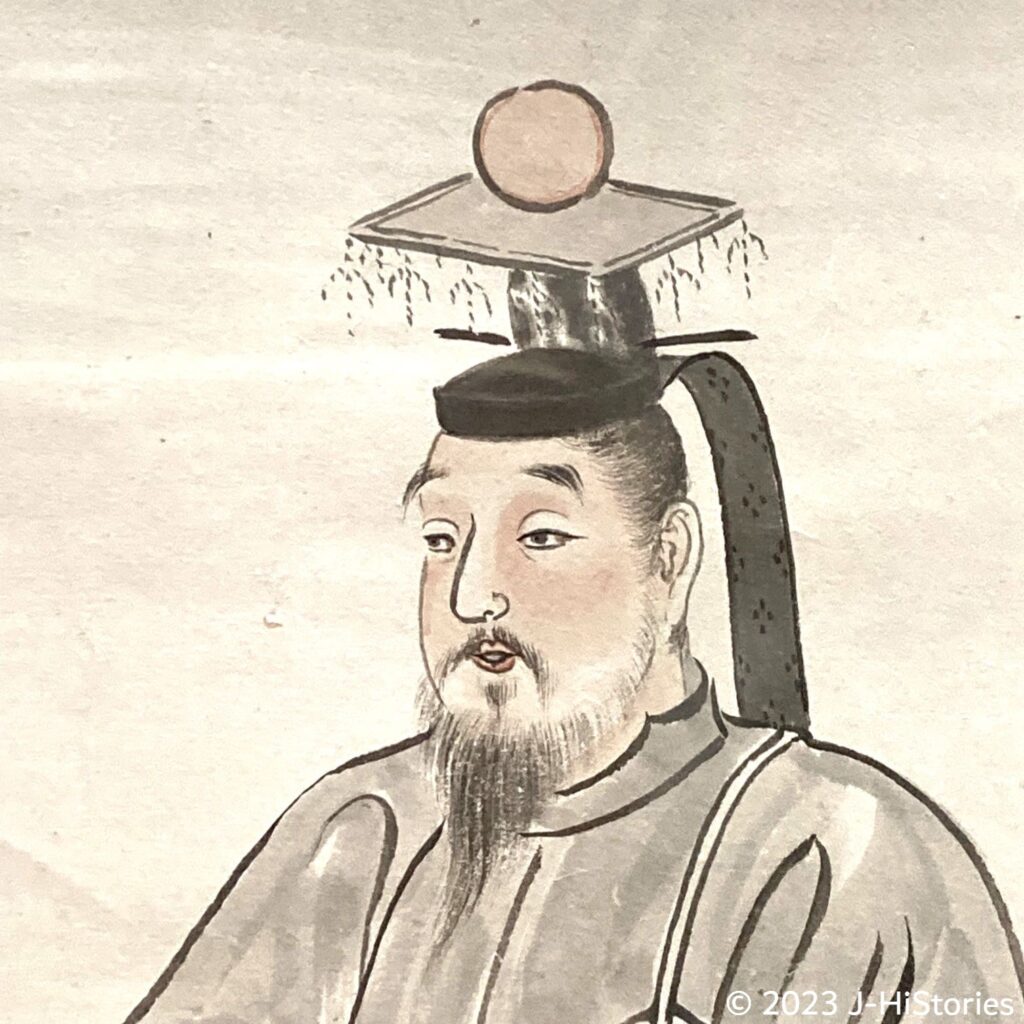
Emperor Go-Daigo (1288-1339, 後醍醐天皇) succeeded in overthrowing the Kamakura Shogunate indomitably and restoring the emperor's rule, known as the Kenmu Restoration (1333-1336). However, his restoration collapsed after only three years. Emperor Go-Daigo fled from Kyoto to Yoshino, where he died of a broken heart while wishing to return to Kyoto. >> Read More
>> Read More
Buddhists
Japanese Buddhism has developed various doctrines in response to the demands of the times since its introduction in 538. During the Nara period (710-794), Buddhism played a crucial role in stabilizing and protecting the nation. In the Heian period (794-1185), Buddhism gained prominence among the emperors and nobles for its role in individual salvation. Towards the late Heian period, people believed in the advent of the "Mappo, (the end of the world)," then the “Buddhism for Salvation" spread. Conversely, Zen Buddhism gained sympathy in the Samurai class due to its teachings on living without hesitation. >> Read More
Prince Shotoku
Prince Shotoku, known as Prince Umayado (574-622, 厩戸皇子), established a centralized state based on Buddhism. He built the Horyuji Temple and formulated Japan's first constitution, the "Seventeen-Article Constitution.” His continuous learning and acquisition of knowledge was crucial and his teaching of the importance of harmony and collaboration in society is the compass, even today. >> Read More
Kukai
Kukai (774-835, 空海), the founder of Shingon Esoteric Buddhism at Koyasan, introduced a new theory, "the attainment of enlightenment while alive (Sokushin Jobutsu)." He expressed his belief in a written petition: My wish will not end until all living things are filled with peace and happiness. Kukai is believed to be alive, and every day for about 1200 years, his meals have been served at Okunoin, even on rainy and snowy. >> Read More
Yosai
Yosai (1141-1215, 栄西) produced the first Japanese book on Zen, built the first Zen temple, and combined Zen and tea for physical and mental health. He described "The true nature of the human mind is pure, beautiful, and great, but we have forgotten this pure mind in our daily lives. "Zazen" is the way to recover this great mind." Zen Buddhism flourished in the Kamakura Shogunate. >> Read More
Cultural figures
Tea Masters and Chanoyu, the way of tea
For nearly 700 years, from the Kamakura period to the end of the Edo period (1603-1868), the Chanoyu flourished. It started with a Zen monk, Yosai/Eisai, introducing tea to the shogun of the Kamakura shogunate, marking the inception of tea culture among warlords as a form of spiritual training, closely linked to Zen philosophy. Its appeal lay in its physical medicine, as well as in soothing the hearts of warlords facing the ever-present specter of death. Moreover, tea became a potent political tool during the Warring States period (1467-1590) by Oda Nobunaga and Toyotomi Hideyoshi. It gave rise to numerous schools, produced countless national treasures and cultural assets, and created unique individual stories related to tea. Even today, Chanoyu, the way of tea, continues to hold a profound fascination, attracting enthusiasts from all walks of life, including the business world.
Artists

Wikimedia Commons: Source:https://commons.wikimedia.org/wiki/File

